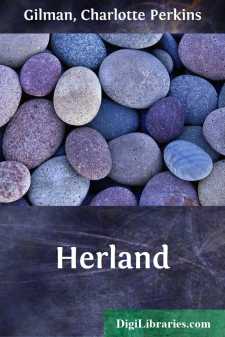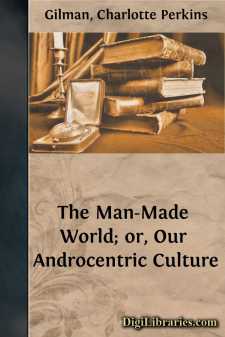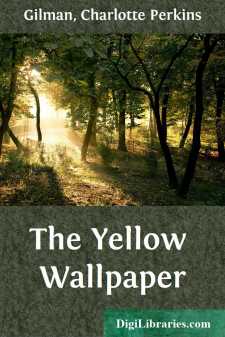Categories
- Antiques & Collectibles 13
- Architecture 36
- Art 48
- Bibles 22
- Biography & Autobiography 813
- Body, Mind & Spirit 142
- Business & Economics 28
- Children's Books 17
- Children's Fiction 14
- Computers 4
- Cooking 94
- Crafts & Hobbies 4
- Drama 346
- Education 46
- Family & Relationships 57
- Fiction 11829
- Games 19
- Gardening 17
- Health & Fitness 34
- History 1377
- House & Home 1
- Humor 147
- Juvenile Fiction 1873
- Juvenile Nonfiction 202
- Language Arts & Disciplines 88
- Law 16
- Literary Collections 686
- Literary Criticism 179
- Mathematics 13
- Medical 41
- Music 40
- Nature 179
- Non-Classifiable 1768
- Performing Arts 7
- Periodicals 1453
- Philosophy 64
- Photography 2
- Poetry 896
- Political Science 203
- Psychology 42
- Reference 154
- Religion 513
- Science 126
- Self-Help 84
- Social Science 81
- Sports & Recreation 34
- Study Aids 3
- Technology & Engineering 59
- Transportation 23
- Travel 463
- True Crime 29
Charlotte Perkins Gilman
Charlotte Perkins Gilman was an influential American writer and social reformer, best known for her feminist and sociological works. She wrote the groundbreaking short story "The Yellow Wallpaper," which explores mental illness and the oppression of women. Gilman also authored "Women and Economics," a significant text advocating for women's economic independence and gender equality. Her writings and lectures helped shape the early feminist movement and contributed to discussions on social reform in the early 20th century.
Author's Books:
Sort by:
CHAPTER I. HANDICAPPED One may use the Old Man of the Sea,For a partner or patron,But helpless and hapless is heWho is ridden, inextricably,By a fond old mer-matron. The Warden house was more impressive in appearance than its neighbors. It had "grounds," instead of a yard or garden; it had wide pillared porches and "galleries," showing southern antecedents; moreover, it had a cupola,...
more...
CHAPTER 1. A Not Unnatural Enterprise This is written from memory, unfortunately. If I could have brought with me the material I so carefully prepared, this would be a very different story. Whole books full of notes, carefully copied records, firsthand descriptions, and the pictures—that's the worst loss. We had some bird's-eyes of the cities and parks; a lot of lovely views of streets, of...
more...
I. AS TO HUMANNESS. Let us begin, inoffensively, with sheep. The sheep is a beast with which we are all familiar, being much used in religious imagery; the common stock of painters; a staple article of diet; one of our main sources of clothing; and an everyday symbol of bashfulness and stupidity. In some grazing regions the sheep is an object of terror, destroying grass, bush and forest by omnipresent...
more...
It is very seldom that mere ordinary people like John and myself secure ancestral halls for the summer. A colonial mansion, a hereditary estate, I would say a haunted house, and reach the height of romantic felicity—but that would be asking too much of fate! Still I will proudly declare that there is something queer about it. Else, why should it be let so cheaply? And why have stood so long...
more...





